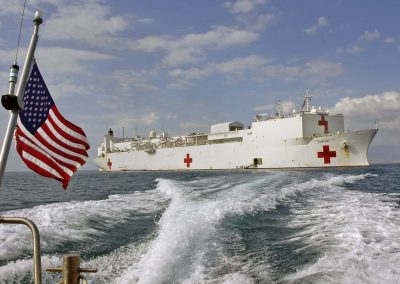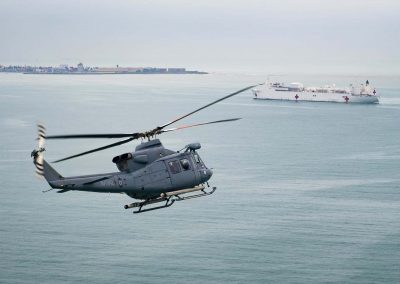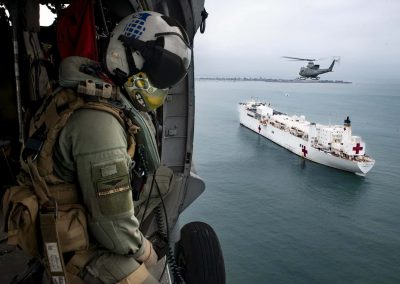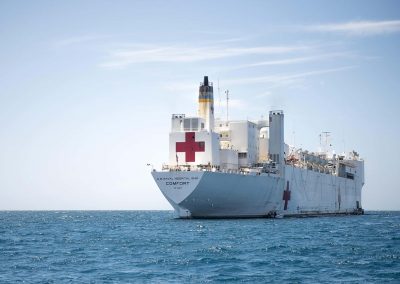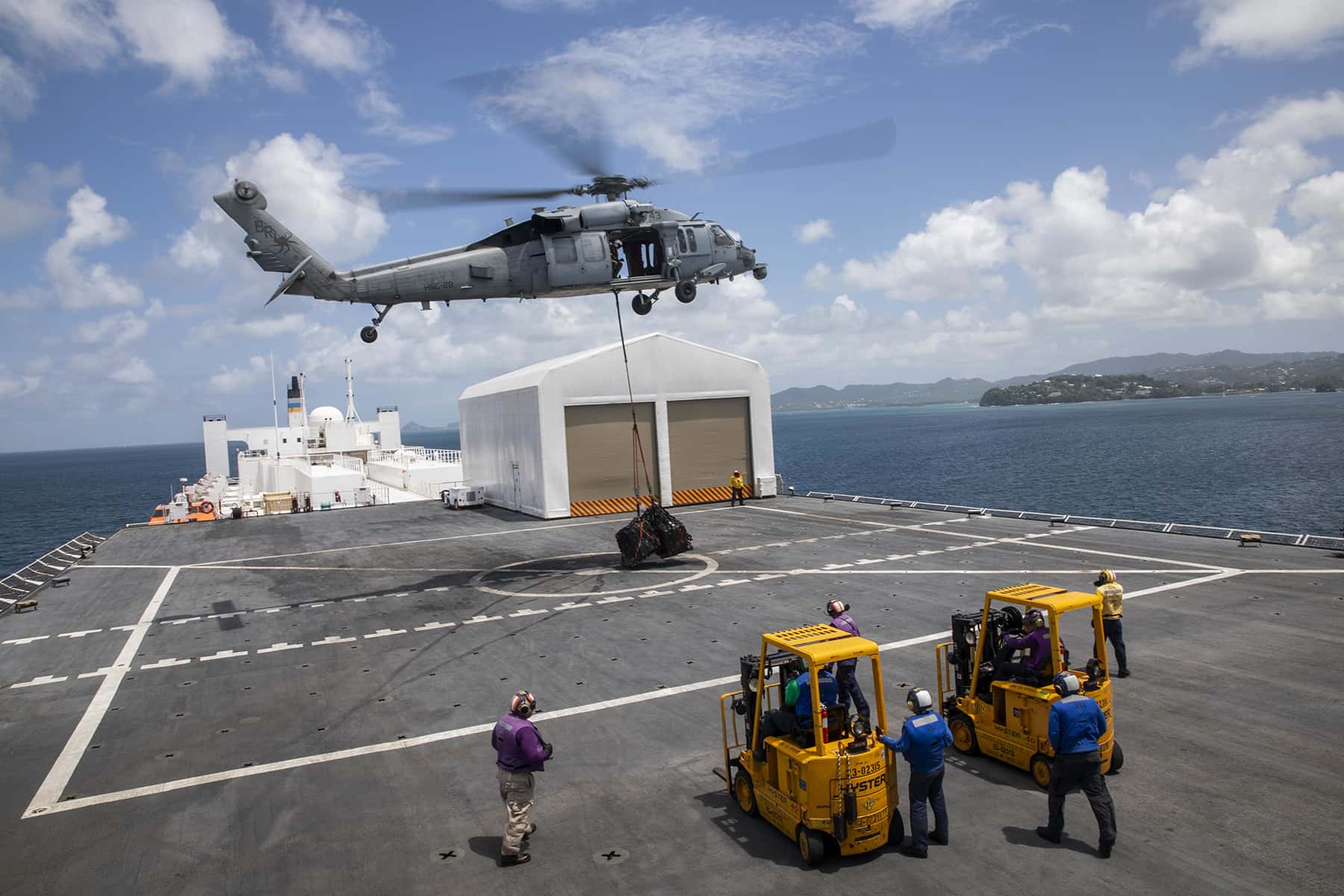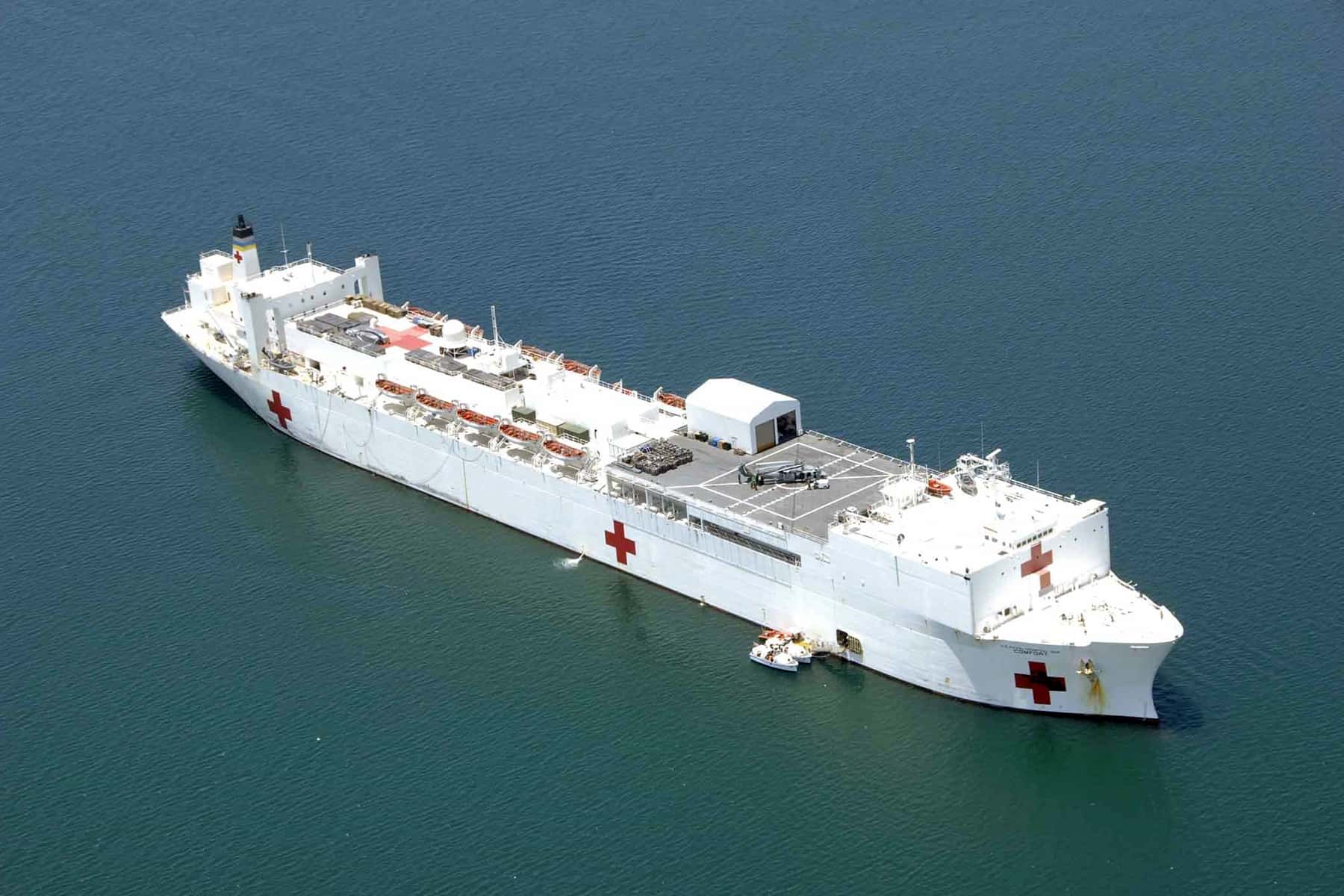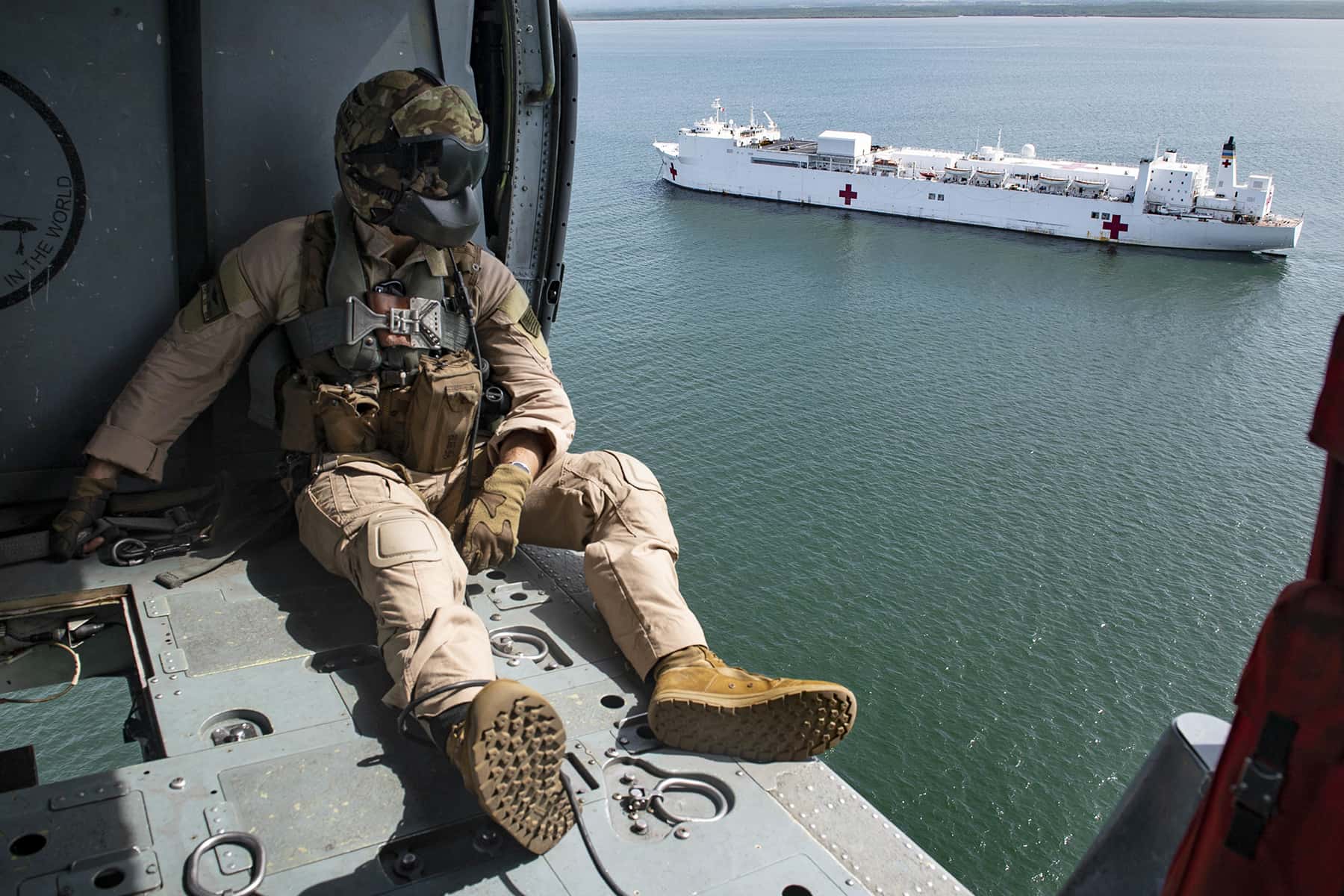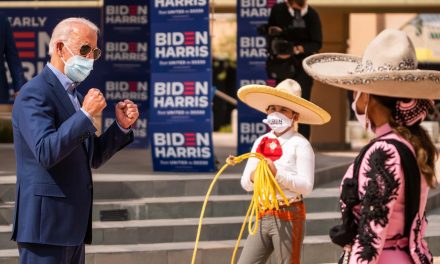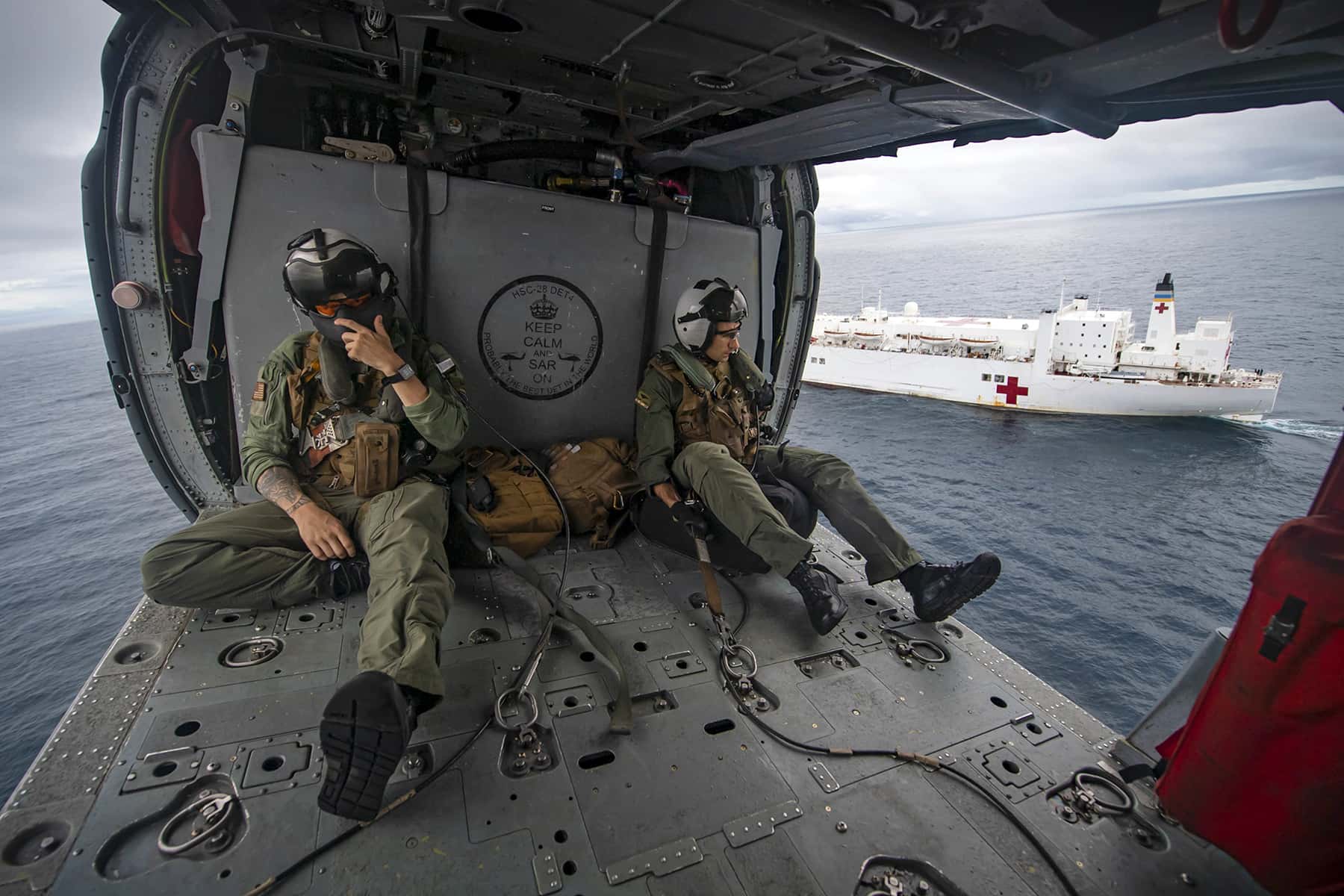
After the 2010 Haitian earthquake, the U.S. military went into action as a humanitarian force. They would be superb at fighting coronavirus, if the government can find the courage to deploy them.
In 2010, a devastating earthquake hit Haiti. In three minutes it killed more than 200,000 people and displaced two million more. Our humanitarian aid organization, the Community Organized Relief Effort (CORE), was on the ground in Haiti. In Haiti – as well as on the front lines of other disasters, like Hurricane Florence in North Carolina and Hurricane Dorian in the Bahamas just a few months ago – we saw how dangerous inaction and political paralysis can be, and how rapid mobilization saves lives. In a crisis, every minute – every second – counts.
To aid Haitians after the earthquake, the United States government deployed the most effective logistical and humanitarian organization the world has ever seen: the US military, which in Haiti included 22,000 soldiers, the Army Corps of Engineers, and the USNS Comfort, a 1,000-bed trauma hospital ship. US soldiers distributed food, organized health facilities, set up clean water access, and provided security.
During its three-month deployment among an understandably volatile population, the US military knew that being seen as an occupying force would hurt its ability to help those who needed assistance. Under Lieutenant General Ken Keen’s command, US soldiers in Haiti embraced a culture of compassion rather than force.
Working alongside them at the country’s largest tent camp allowed our organization, CORE, to effectively take over and manage a 60,000-person camp, with drainage, organized blocks of tents, and a hospital. Then cholera hit. Much like coronavirus, cholera’s spread can be managed with careful hygiene and quarantine. The US military and the CDC worked rapidly to distribute supplies, establish treatment facilities, train healthcare workers, and implement a national cholera monitoring system.
This was in Haiti, where public health infrastructure is limited and in some places nonexistent. Imagine what the US military could do here in the US, right now, to fight the coronavirus pandemic. We need to buy time for our scientists to develop a vaccine; we need to build infrastructure to administer tests and treat the afflicted.
Community organizations and various local and state authorities are working overtime to protect Americans. But these heroes do not have the manpower or resources to respond adequately to coronavirus. Our safety net is being rapidly overwhelmed. We have the most effective armed forces in the world. And when policies allow soldiers to care instead of kill, they are at their very best. We have that opportunity today.
Our response must be focused above all on the direct and aggressive saving of life. General Stanley McChrystal put it best: “If we end up [manufacturing] too many ventilators … I can live with that.” In fact, in the unlikely event of a quick resolution to this crisis, we can all live with that.
The National Guard has already been deployed on a limited basis to help fight coronavirus. It’s not enough. We call on President Trump to commit the federal military to provide direct support. Our centralized, federal government can save lives now if it acts. It cannot only dribble out limited deployment through the Defense Production Act. The military must be tasked with a full offensive against this virus.
Аnn Lее and Sеаn Pеnn
Mоrgаn K. Nаll
Originally published on The Guardian as The US military would be superb at fighting coronavirus. Let’s use it
Help deliver the independent journalism that the world needs, make a contribution of support to The Guardian.

